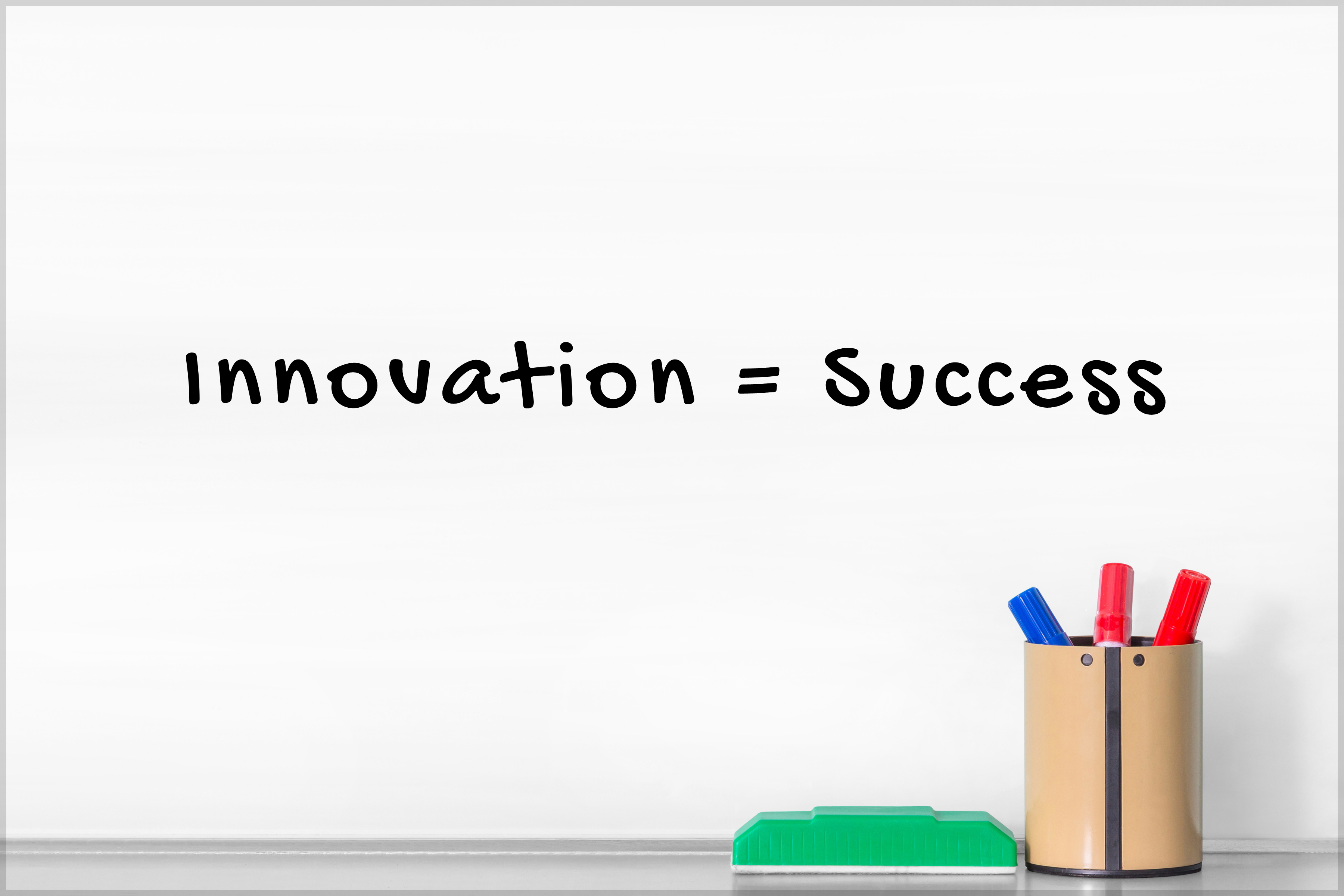15 Jun Creature of Habit: Coping with Continuous Innovation
Today’s world is all about innovation. The top, most successful companies – like Apple, Amazon, and Microsoft – are in their position because they stay ahead of the curve, anticipating and adapting to changes.
If you’ve kept up with my Creature of Habit content, you know I’m extremely averse to change. However, I know that innovation equals success. In fact, I know there’s no way I’d still be employed in our field if I couldn’t innovate.

So, I now (ironically) work in change management because I know what it takes for me – and other Creatures of Habit – to cope with today’s continuous innovation. Here’s my advice:
EMBRACE A NEW PERSPECTIVE
My instinct tells me, “If it ain’t broke, don’t fix it.” But I work at an information governance, technology enablement, and business strategy firm, so continuous innovation is a fundamental part of the job.
One of my biggest work-related changes came when Access Sciences made the decision to upgrade from Skype for Business to Microsoft Teams. Let me tell you… whenever Microsoft comes out with something new, I’m the first to mumble, grumble, and complain about it. Teams was no exception.
At that time, I had been working with a client who used Skype pretty heavily day-to-day, so I was pretty familiar with its setup and features. Access Sciences had also been using Skype for years.
When the “upgrade from Skype” team asked me to help test out different communication and collaboration systems for Access Sciences, my instinctive perspective kicked in – Why? Why do we have to change??
I mean, I knew what they were doing. As a change management professional, my go-to move is to embrace The Blocker (the person who’s likely to resist the upcoming change). So, I have to admit – it was a smart decision to get me involved in the process.
Anyway, I begrudgingly participated in the testing and ended up agreeing with everyone else in that Teams’ collaboration functionality was unparalleled.
The story could’ve ended there, but I was hit with another unexpected change: Access Sciences will be using the video functionality to enhance connection and collaboration.
Now, if you’re like me and you hate being on camera, that’s not considered good news. Once I finished up that client project and switched fully to Teams, my camera was turned on for all meetings. At first, it was very uncomfortable. But over time, I realized that face-to-face interaction goes a long way, especially when everyone was working virtually due to the COVID-19 pandemic. It helped foster a strong connection among our team members, which would have been more difficult in audio only meetings.
To be honest, it only took a few weeks to get used to Teams’ setup and features. And now, I think it’s great!
So, the lesson-learned here is if your instinct is to mumble, grumble, and complain at the thought of upcoming change, embrace a new perspective. Here’s mine: All of my habits, all of the things I’m comfortable with began somewhere.
I used to be comfortable with Skype, but now I’m just as (if not more) comfortable with Teams. My habit used to be audio only, but now my habit is camera on.
Remind yourself that this new thing (whatever it is) just may become your newest habit, something you’re comfortable with.
COMMUNICATION IS KEY
My next piece of advice is geared toward your organization and its change management efforts. If there’s a lack of communication, I guarantee there will be a lack of support, which will only hurt your innovation goals.
So, help your employees cope with the changes to come by communicating the right information through the right channels. Put yourself in their shoes and carefully imagine what they are going to experience with this change.
Years ago, I was working at a client site when they were rolling out OneDrive for Business. For many of the client’s employees, this was their first introduction to the Cloud. And while there was some internal marketing for the rollout, there wasn’t much – and it didn’t provide enough information.
I only remember seeing some collateral in the cafeteria and elevators that said, “OneDrive for Business is coming soon!”
One day, an employee from IT came into my office and asked if he could sit down with my computer for ten minutes and “reconfigure some stuff.” I said sure, he sits down, and I was looking over his shoulder to see what he was doing. He didn’t say, so I asked. He casually answered, “Oh, we’re just configuring OneDrive. That’s all.”
He downplayed it so much, I was immediately skeptical. I asked if it would mess with anything in my local drive, but he just reassured me, finished up his configurations, and left.
Immediately, I had issues. My entire OneNote was gone. When I opened it up, all I had was a blank document that said, “Welcome to OneNote!”
The thing was – my whole project revolved around taking extensive notes. So, as you can imagine, I was in panic mode. Now, I consider myself somewhat tech savvy (I have to be in this field). I know how to search for files, but that OneNote was literally nowhere to be found.
Thankfully, I remembered the IT employee’s name, and I was able to find his contact information in the company directory. I gave him a call: “Man, you were just here 30 minutes ago. I’ve lost eight months’ worth of OneNote.” He told me if I waited 24 to 48 hours, it would come back… But I had work to do! He ended up coming back to my office and re-directing OneDrive to the correct OneNote files.
From a change management perspective, there needed to be a much more extensive communications campaign prior to the rollout. Just saying “We are changing this” is not enough, it’s important to include what to expect during and after the change. Something like, “Hey, we’re going to need access to your computer at some point to configure OneDrive. [ Insert potential issues ] may occur. If they do, call [ Insert contact ].”
At a minimum, that information should be communicated through a variety of channels like email, staff meetings, internal communications site, etc. If you want to take it a step further (which I highly recommend), employ change management from the very beginning by engaging stakeholders through data gathering.
REMEMBER, INNOVATION = SUCCESS
My company innovates to stay relevant and competitive, so as much as I hate change, I know innovation is both inevitable and necessary – so I’m blogging, podcasting, and presenting to help you through that too.
ADDITIONAL INFORMATION
If there are any Creature of Habit questions and/or tips, message Frederick on LinkedIn or email fhall@accesssciences.com.



